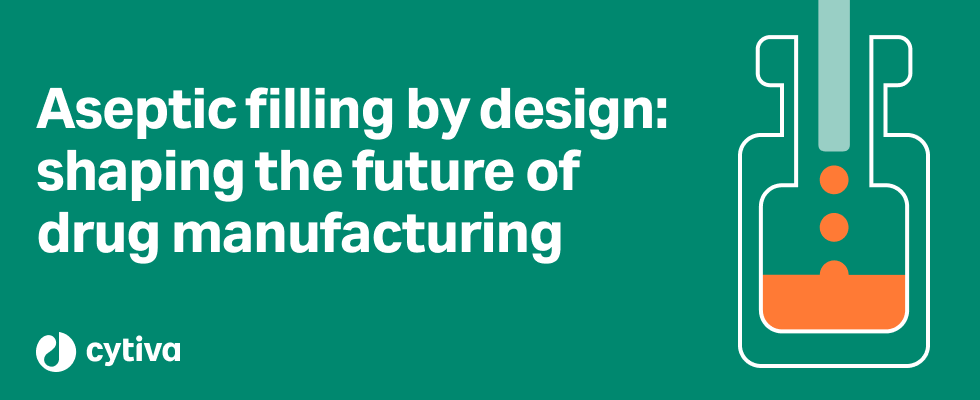
Aseptic filling by design: shaping the future of drug manufacturing
SynopsisThough we didn't know it in the 17th century when a dog was injected using goose quills, we know it now: Bacteria and other contaminants can make patients very ill. That's why the final aseptic filling step is so critical for making injectable drugs. How can we get better at protecting drug quality and patient safety? This e-book takes you on a journey to answer that question and others. Each chapter gives you practical insights: Dive into the "human factor" and why it continues to confound us. Discover why we need to go far beyond monitoring to keep contaminants at bay. Learn why regulators encourage the use of modern barrier technologies, such as gloveless isolators. Explore why airflow studies and computational fluid dynamics are key tools for qualifying aseptic filling processes. Learn how real-time tools for environmental monitoring can save batches and protect patients. Finally, get strategies for navigating complex regulations and see how innovation is helping companies deliver new therapies quickly and safely.
Key highlights- Why aseptic filling matters: Understand that injectable drugs often can't be sterilized right before filling, so aseptic processes are essential for safety
- How to control contamination – holistically: Learn how and why to set up a robust contamination control strategy (CCS) that has three pillars: prevention, remediation, and monitoring.
- How barrier technologies differ: Compare manual filling, restricted access barrier systems (RABS), and isolators – and see why isolators offer the highest level of sterility assurance.
- How to align with regulatory guidance: Understand how European Union (EU) Annex 1: Manufacture of Sterile Medicinal Drug Products and global GMP guidelines drive adoption of automation and barrier systems.
- Why innovation matters: Discover how modern approaches are well-suited for small batch sizes, advanced therapeutics, and speed in an evolving industry.

